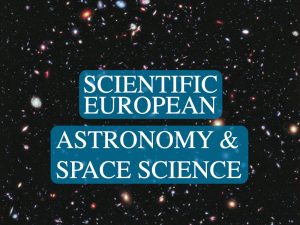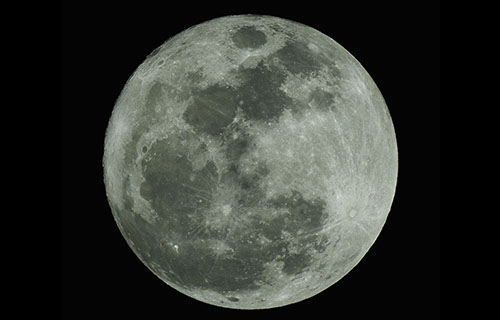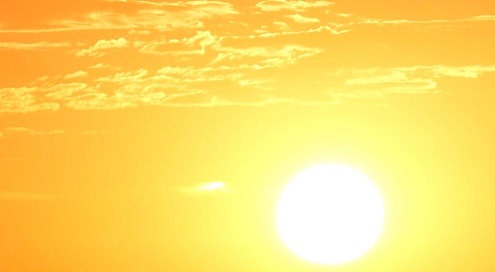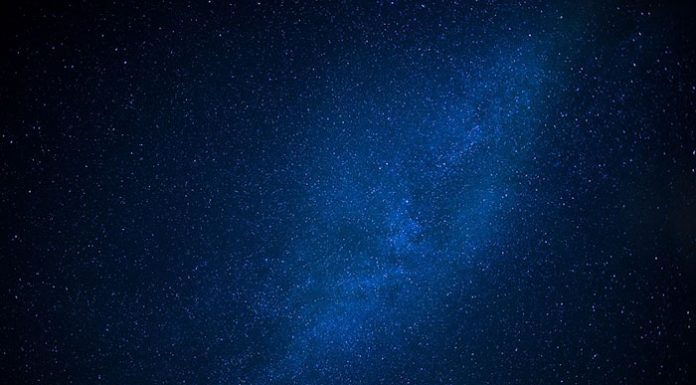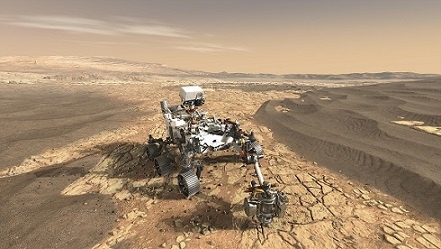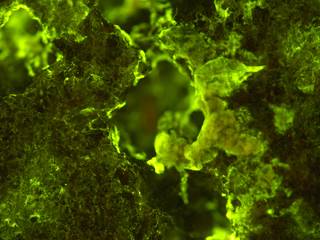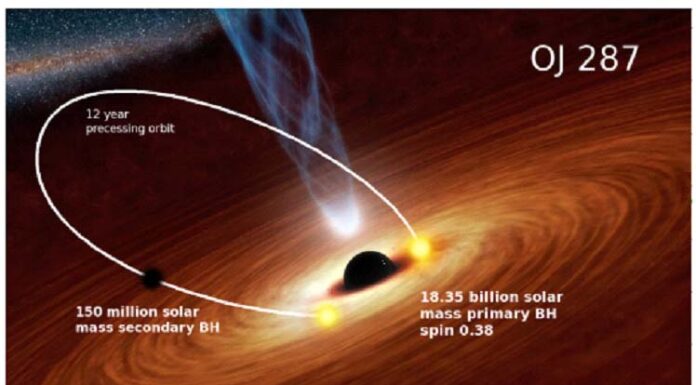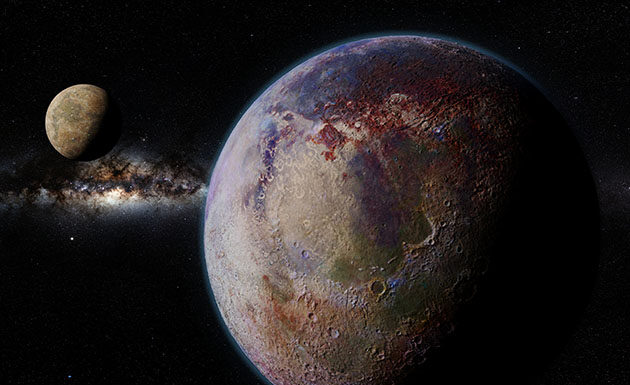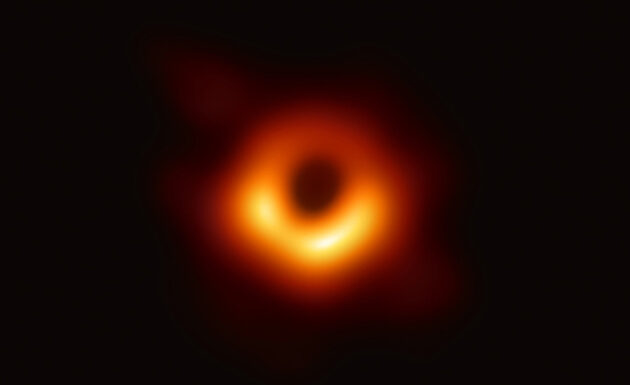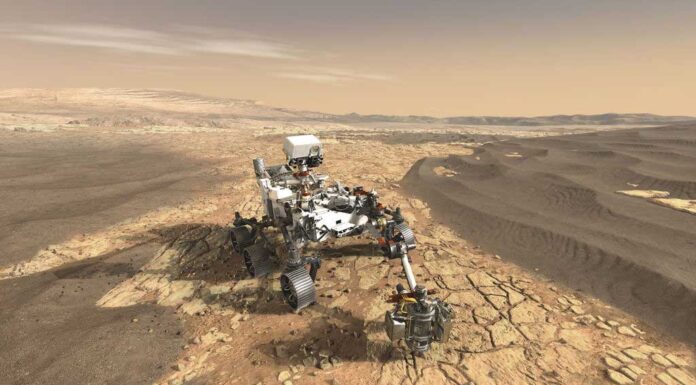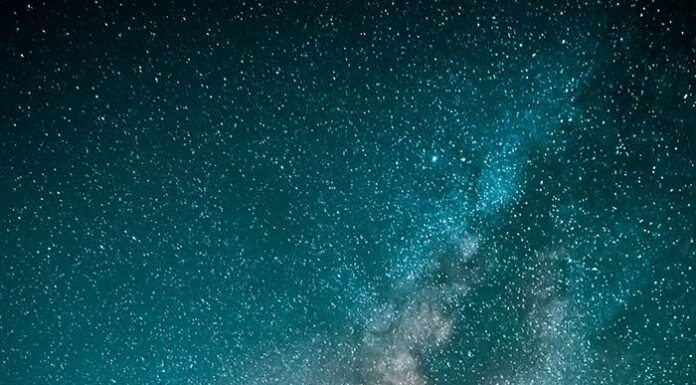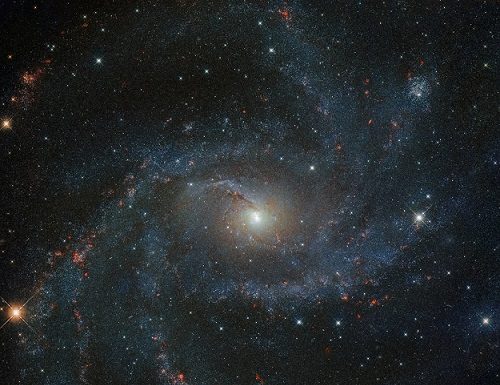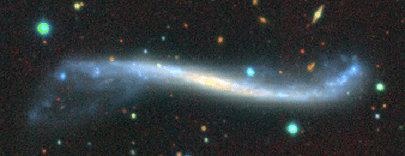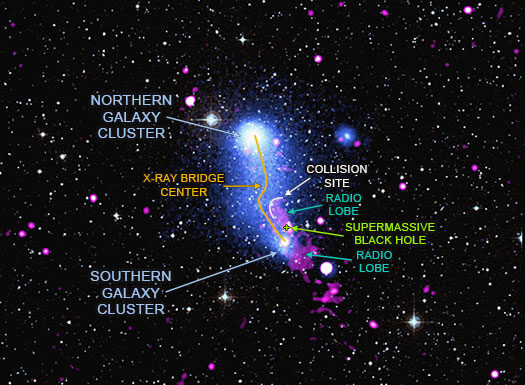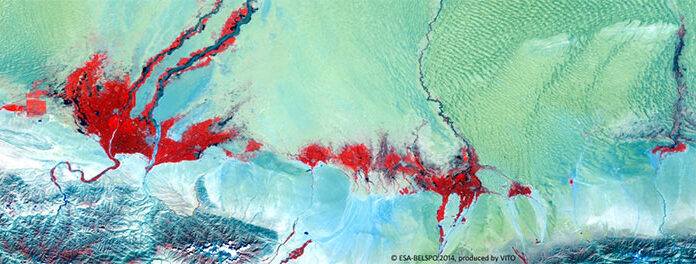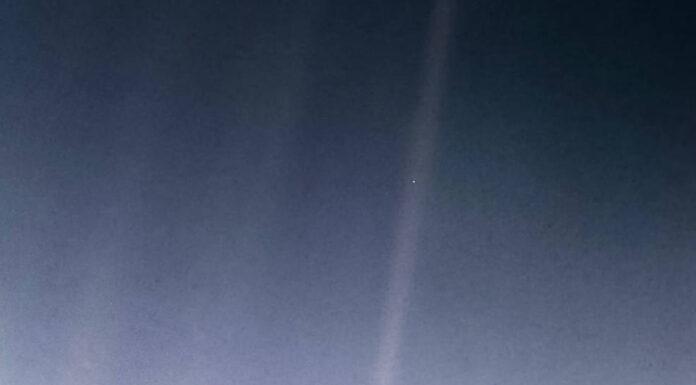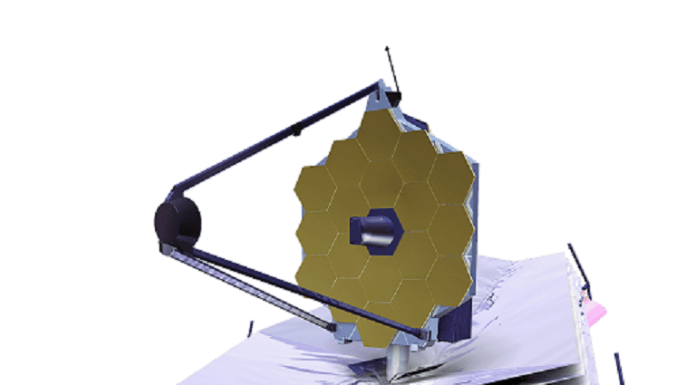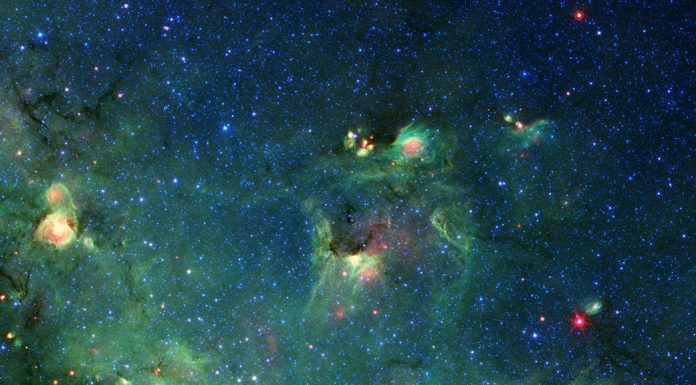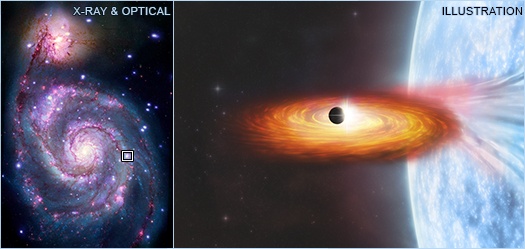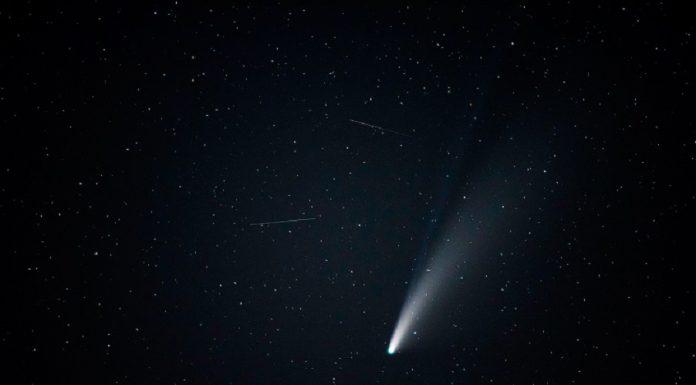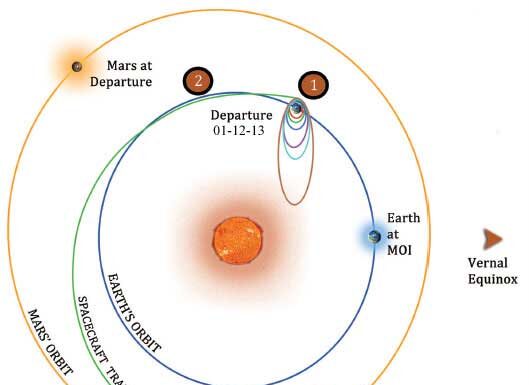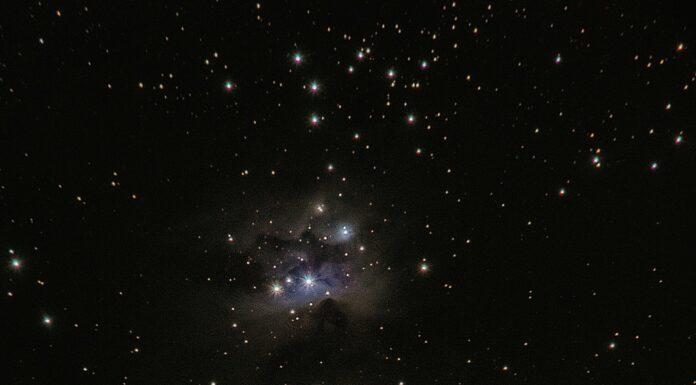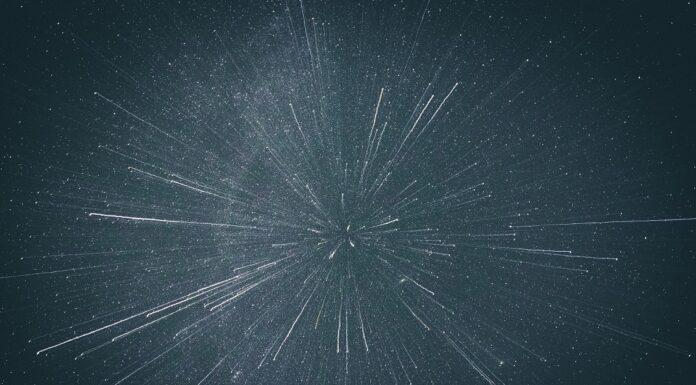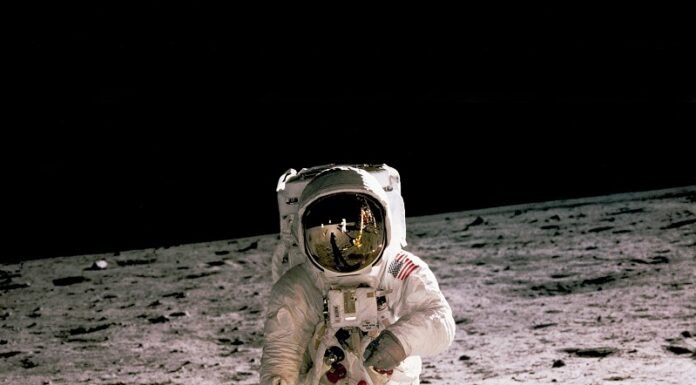Though data from orbiters have suggested presence of water ice, the exploration of lunar craters in the polar regions of moon has not been possible due to the absence of suitable technology to power lunar rovers in the perpetually...
Solar wind, the stream of electrically charged particles emanating from the outer atmospheric layer corona of Sun, poses threat to life form and electrical technology based modern human society. Earth’s magnetic field provide protection against the incoming solar wind...
Astronomers usually get to hear from the far-off galaxies through high energy radiations like X-rays. It is extremely uncommon to receive relatively lower energy UV radiation from ancient galaxies like AUDs01. Such low energy photons usually get absorbed on...
A recent study has revealed that all the seven exoplanets in the stellar system of TRAPPIST-1 have similar densities and Earth-like composition.This is significant because it builds the knowledge-base for a model of understanding of Earth-like exoplanets outside of solar...
Launched on 30th July 2020, Perseverance rover has successfully landed on the Mars surface at Jezero Crater on 18th February 2021, after travelling almost seven months from Earth. Designed specially to collect sample of rocks, Perseverance is the biggest and the best rover ever...
The findings of the BioRock experiment indicate that bacterial supported mining can be carried out in the space. Following the success of BioRock study, the BioAsteroid experiment is currently underway now. In this study, bacteria and fungi are being grown on asteroidal material in an incubator under...
NASA’s infra-red observatory Spitzer has recently observed the flare from gigantic binary black hole system OJ 287, within the estimated time interval predicted by the model developed by astrophysicists. This observation has tested different aspects of General Relativity, the...
A pair of astronomers have made the big discovery of an ‘exomoon’ in another solar system
Moon is a celestial object which are either rocky or icy and there is a total of 200 moons in our solar system. This...
Scientists have successfully taken first ever picture of the shadow of a black hole providing direct observation of its immediate environment
Image taken from "EHTC, Akiyama K et al 2019, 'First M87 Event Horizon Telescope Results. I. The Shadow of...
NASA’s ambitious mars mission Mars 2020 was successfully launched on 30 July 2020. Perseverance is the name of the rover.
The main task of Perseverance is to seek signs of ancient life and collect rock and soil samples for possible return to Earth.
Mars is cold, dry...
A “sibling” of Earth’s galaxy Milky Way is discovered which was torn apart by Andromeda galaxy billions of years ago
Our planet Earth is part of the solar system which comprises eight planets, numerous comets and asteroids which orbit the...
NASA recently released the spectacular bright image of the firework galaxy NGC 6946 taken earlier by Hubble space telescope (1)
A galaxy is a system of stars, remnants of stars, interstellar gas, dust, and dark matter that are bound together...
The researchers from the Sloan Digital Sky survey have reported most detailed look at the warp of our home galaxy
Usually, one think of spiral galaxies as a flat disc rotating around its centre but about 60-70% of the spiral galaxies including...
X-ray and radio observation of galaxy system Abell 2384 reveals collision of two galaxy clusters that travelled through each other forming a binodal system with a bridge of superhot gas between two cluster lobes and a bend in the...
The Belgian satellite PROBA-V, developed by European Space Agency has completed 7 years in orbit providing daily data on the state of vegetation at the global scale.
The Belgian satellite PROBA-V, developed by ESA on the initiative of Belgium has...
Astrobiology suggest that life is abundant in the universe and the primitive microbial life forms (beyond earth) could be found earlier than intelligent forms. The search for the extra-terrestrial life involves looking for biological signatures in the vicinity of...
''....astronomy is a humbling and character-building experience. There is perhaps no better demonstration of the folly of human conceits than this distant image of our tiny world. To me, it underscores our responsibility to deal more kindly with one...
James Webb Space Telescope (JWST) will specialise exclusively in infrared astronomy to study early universe. It will search for optical/infrared signals from the early stars and galaxies formed in the Universe soon after the Big Bang for a better...
A nebula is a star-forming, massive region of interstellar cloud of dust in the galaxy. Looking like a monster, this is image of a massive nebula in our home galaxy Milky Way.
The image was captured by NASA’s Spitzer Space Telescope.
These types of regions cannot...
Discovery of the first exoplanet candidate in X-ray binary M51-ULS-1 in the spiral galaxy Messier 51 (M51), also called the Whirlpool Galaxy using transit technique by observing dips in brightness at X-ray wavelengths (instead of optical wavelengths) is pathbreaking and a game changer because it...
Of the several comets discovered in 2021, the comet C/2021 A1, called Comet Leonard after it’s discoverer Gregory Leonard, may become visible to the naked eye on 12 December 2021 when it comes closest to the Earth (at the distance of...
The researchers have studied the turbulence in Sun’s corona using radio signals sent to Earth by the ultra-low-cost Mars orbiter when the Earth and Mars were in conjunction on the opposite sides of the Sun (the conjunction usually happens...
In order to explore the dark energy, the Dark Energy Spectroscopic Instrument (DESI) at Berkeley Lab has created largest and most detailed ever 3D map of the Universe by obtaining optical spectra from millions of galaxies and quasars. The...
In recently published papers, researchers have estimated the rate of supernova core collapse in the Milky Way to be 1.63 ± 0.46 events per century. Therefore, given the last supernova event, SN 1987A was observed 35 years ago in...
Half a century after iconic Apollo Missions which allowed twelve men to walk on the Moon between 1968 and 1972, NASA is set to embark on ambitious Artemis Moon Mission designed not only to create long term human presence on...






























